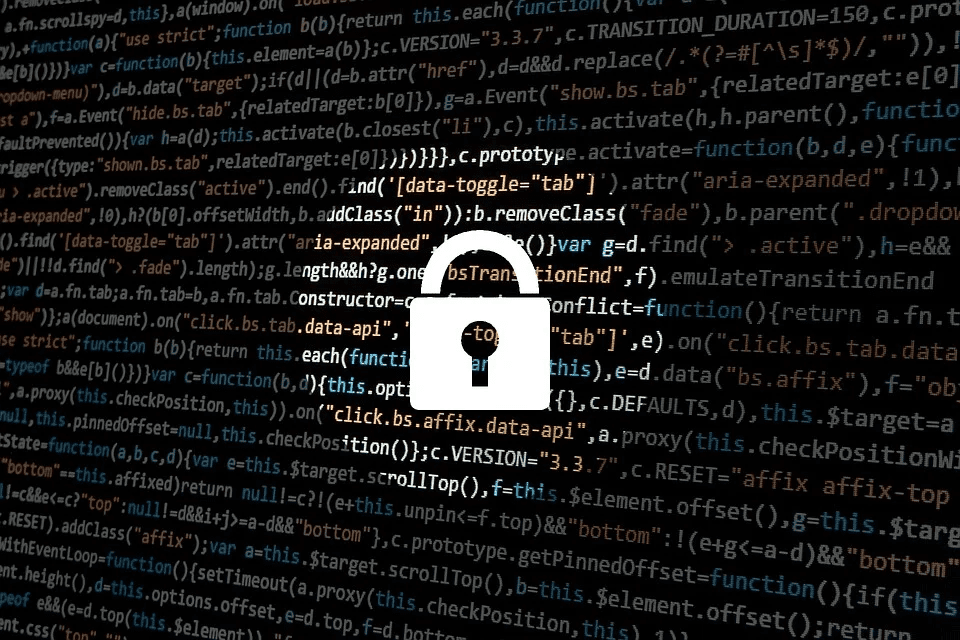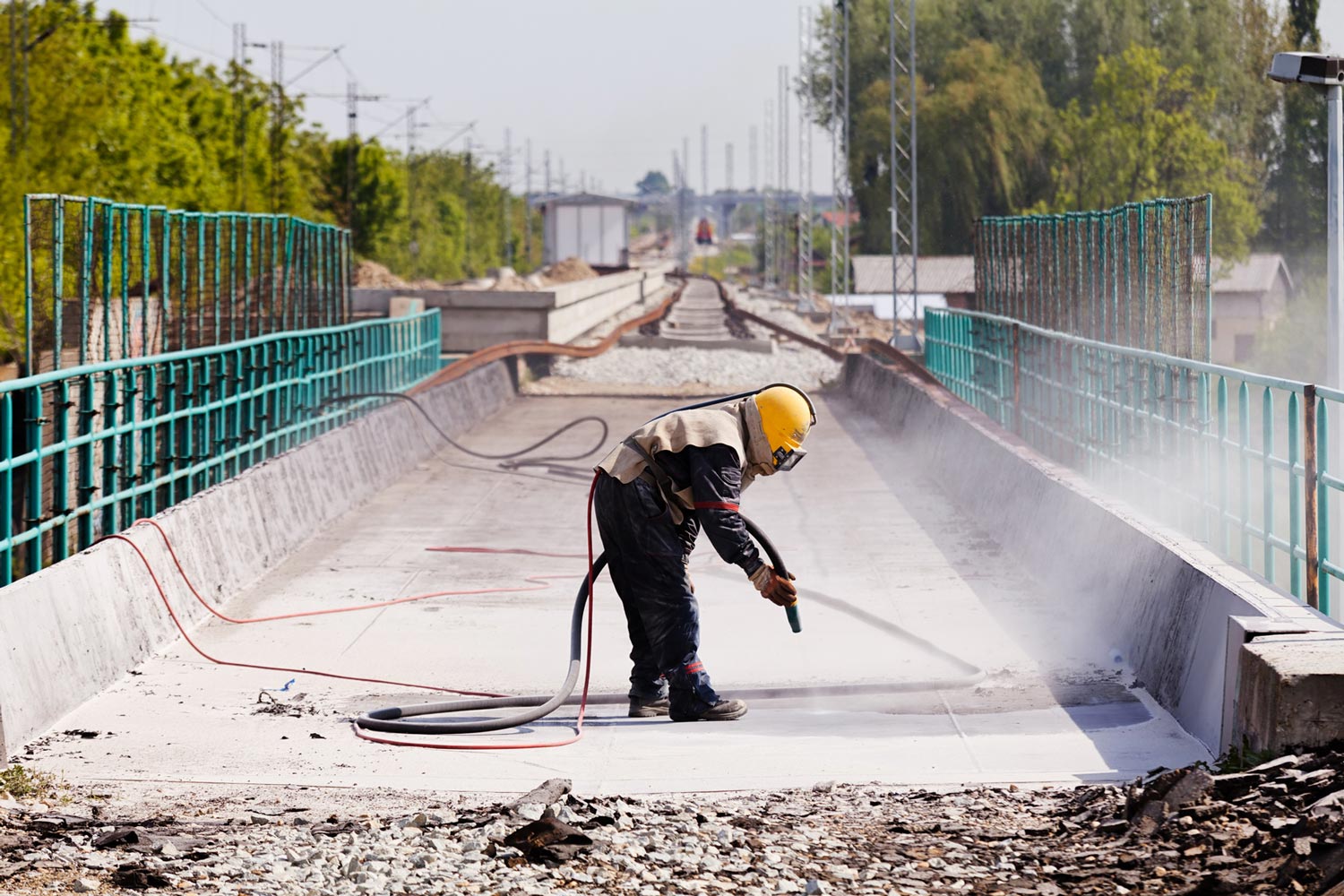Tips To Improve Safety And Good Health In The Workplace

What’s more, the costs that your business will incur in case of any injury incidents resulting from inefficient measures are too much. The good news is that similar incidents can be minimized with a good plan and the damages controlled.
Follow the tips in this article to gain valuable insights on some preventive measures to implement in the workplace.
Regular Inspection
Is there any reason to check the workplace after knowing it’s safe?
The answer is yes. While one thorough examination of your business workplace will help you know of any existing and potential causes of risks, regular checks will prevent any unexpected risk surprises.
Seek professional help when conducting inspections. Some of the hazards to check for include;
Biological hazards
These are dangers caused by organisms such as bacteria and viruses.
Physical hazards
Physical dangers at the workplace vary from business to business. However, noise, weather, radiation, and electricity are the most common ones.
Ergonomic hazards
Disorganized workstations can increase the risks of accidents and poor health. For example, improperly adjusted chairs cause lousy posture.
Other workplace hazards to look out for are chemical and safety hazards.
Remember to have reports from all the inspections conducted as they will come in handy when planning for risks and during employee training.
Conduct Routine Safety Trainings All Employees
In a business setup, learning should never stop. So conduct safety training for your employees, even for what you think they know.
Avoid working with assumptions and make sure every person in your business has some safety tips at their fingertips. For example, assuming that all your employees are skilled to handle the different equipment at work is very risky.
Carry out orientations for new employees and interns even if they claim to know. You can also take advantage of this opportunity to organize internal workshops following identifying a new risk or introducing a piece of new equipment. Remind them of self-care tips and the importance of wearing protective gears made of closed cell foam.
Implement and Prioritize a Risk Management Program
Even with the best risk management skills, it is all nothing with no good plan in place for the future. Therefore, the ultimate strategy after identifying risk is to create a program that works towards its management and, eventually, its elimination.
After identifying and contextualizing risks at the workplace, the next step is to analyze and evaluate them critically. This step will help you come up with an effective strategic plan. Then, in the program, note all the measures systematically to reduce distractions and put your business in a better control position.
Conclusion
Times change, and new risks emerge. But If you are flexible and committed to a few readjustments from time to time, this will not be a problem and you will not have your staff organizing workers comp if they are injured and unable to work.
Additionally, your customers and employees are important human resources for your business. Strive to create a work environment that prioritizes their safety and health at all times.




 Currently, lung diseases have an increasing frequency and remain a problem of public health worldwide. The causes of lung diseases in the 21st century are directly related to the industrialization level of a country and, moreover, to the level of pollution, respectively the outdoor and indoor air pollution. Exposure to air pollutants has a substantial negative effect on human health.
Currently, lung diseases have an increasing frequency and remain a problem of public health worldwide. The causes of lung diseases in the 21st century are directly related to the industrialization level of a country and, moreover, to the level of pollution, respectively the outdoor and indoor air pollution. Exposure to air pollutants has a substantial negative effect on human health.